With the Jefferson Embargo and the War of 1812 causing a significant decline in maritime trade, Rhode Island businessmen look to textile manufacturing as a new source of income.
25 minutes | 1808 - 1824
Hear About:
📜How the Jefferson Embargo and the War of 1812 pushed Rhode Island towards industrialization
📜How industrialization caused a division amongst the towns
📜America's first factory strike that took place in Pawtucket, Rhode Island
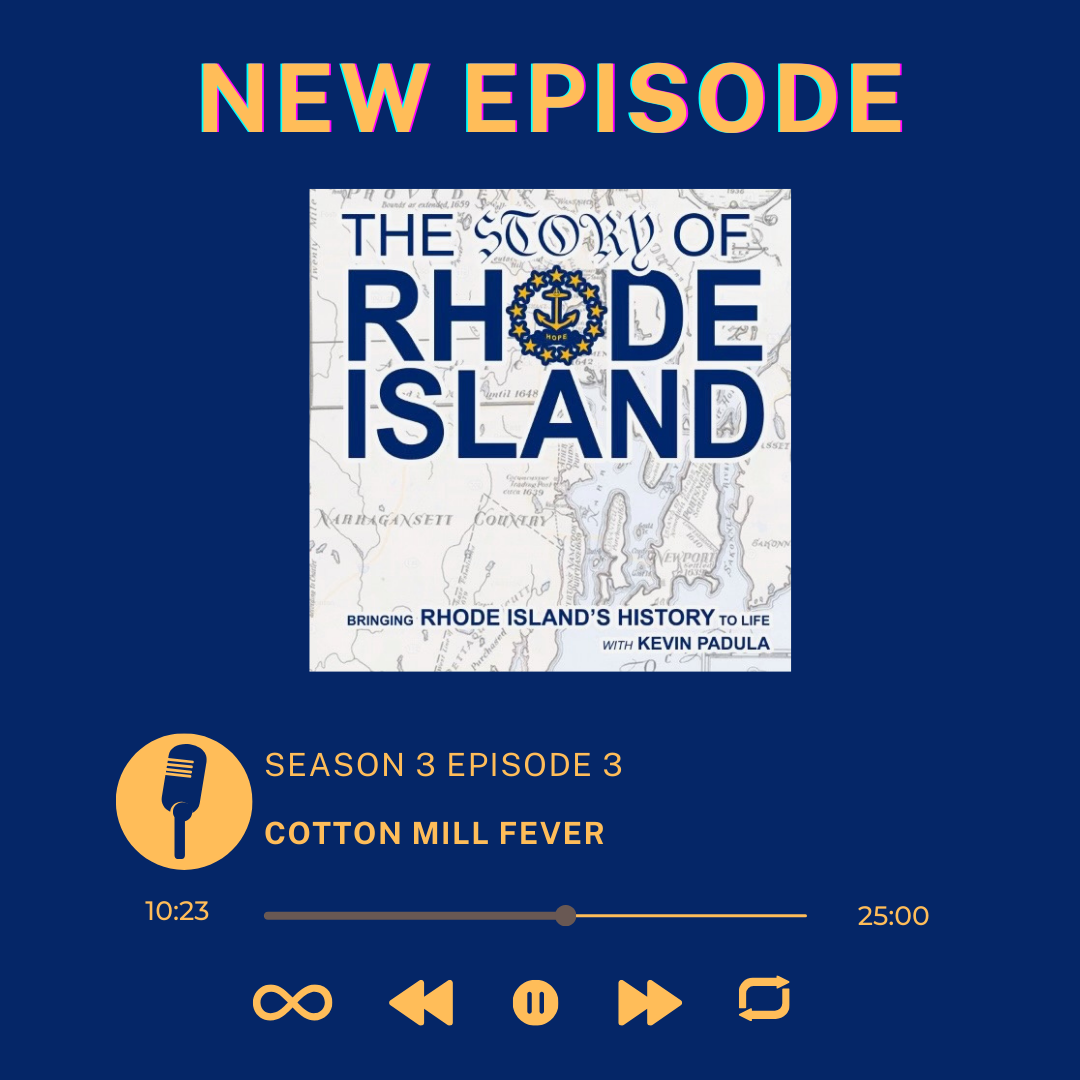
Moses Brown
A wealthy merchant and abolitionist who played a key role in helping Samuel Slater ignite the American Industrial Revolution.
Governor William Jones
Rhode Island's only Federalist Governor, Jones remained in power due to the strong stance he took against the War of 1812, a conflict deeply opposed by the New England merchant community.
Workers who Led America's First Factory Strike
A group of women, ages 15-30, who ignited the nation's first factory strike in Pawtucket, Rhode Island.
.png?width=1080&height=1080&name=1835%20Map%20of%20Pawtucket%20(1).png)
America's First Factory Strike | Pawtucket, Rhode Island
In 1824, a group of mill owners in Pawtucket thought they could cut their workers pay while also increasing their workday. They were sorely mistaken. The female factory workers rebelled by launching America's first factory strike.
Here's local judge and politician George F. Jenkes take on what happened:
“I have just returned from one of the moste gloomy assemblage of people I have ever witnessed, from the street form the Pawtucket Bank across the bridge to Josiah Mill’s shop is literally filled with Men Women and Children — making a mob of very daring aspect, insulting the managers of cotton mills in every shape — pulling and hauling — screaming and shouting thro the streets".


Moses Brown's Elm Grove Estate
Following an extremely successful career as a merchant, Moses Brown acquired a large parcel of land to the west of the Seekonk River. If you needed further proof of his wealth then know that the house he built on that estate was originally only used as a seasonal residence..
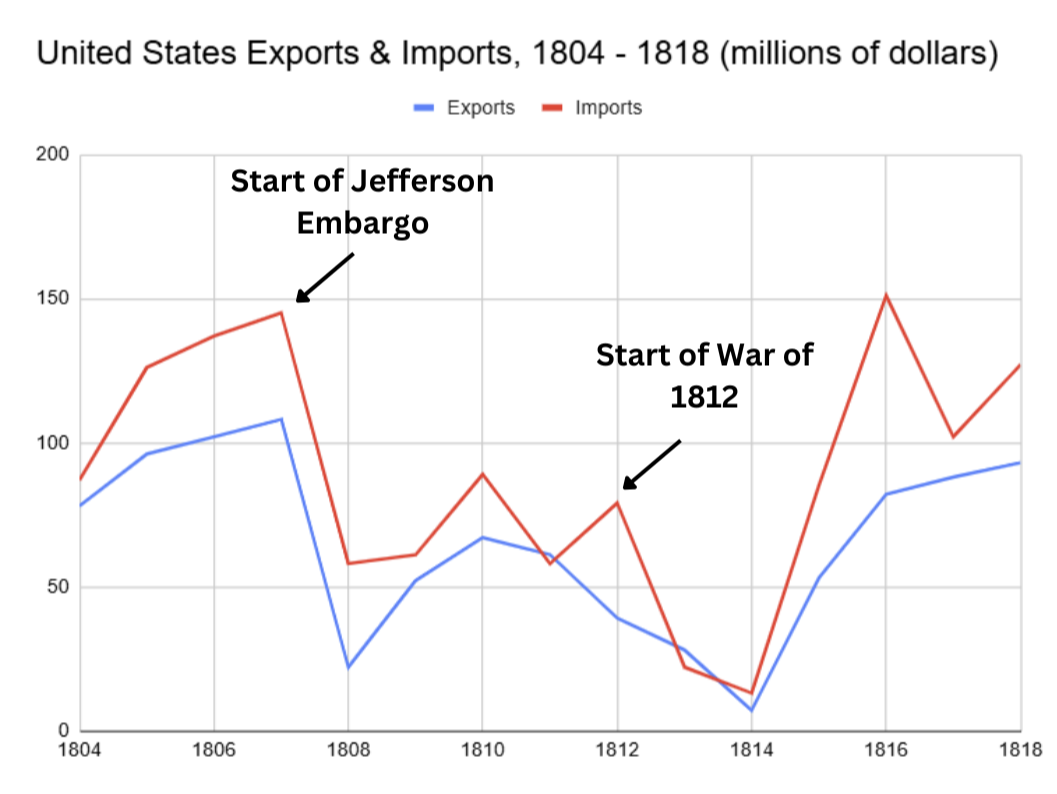
Decline of Commerce in the Early 19th Century
American trade declined dramatically during the Jefferson Embargo and the War of 1812 due to trade restrictions and British blockades. Although this had extremely detrimental effects on the Rhode Island economy it also proved to be the catalyst that pushed them towards textile manufacturing.
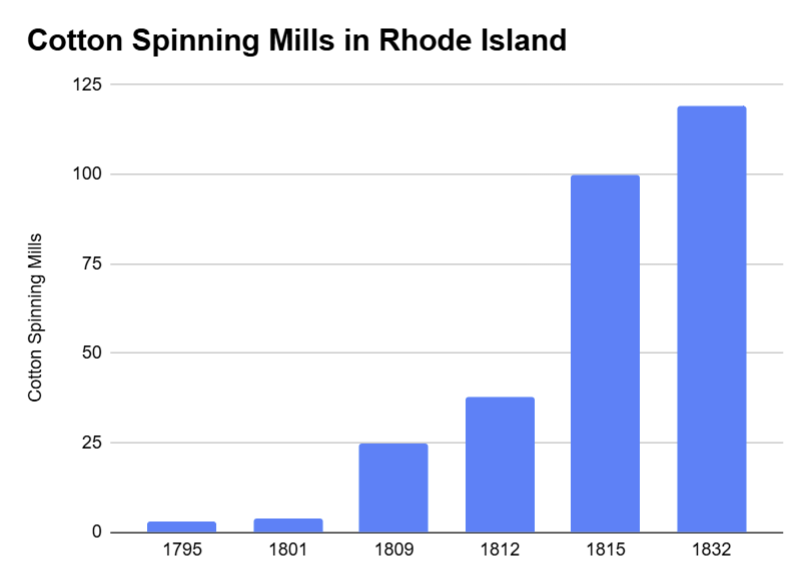
Growth of Manufacturing
Although Samuel Slater showed locals via Slater Mill and Slatersville that textile manufacturing could be successful in Rhode Island the merchants didn't have a reason to move away from trade. However, when the Jefferson Embargo and War of 1812 began they found that reason, spurring on Rhode Island's move to an industrialized economy.


Unbalanced 19th Century Population Growth
Due to rapid industrialization, Rhode Island's population grew by 154% from 1790 - 1860, however that growth was not evenly distributed throughout the state. Towns located in the northern part of the state (labeled as "expanding towns") grew drastically because of their move to a more industrialized economy. On the other hand, towns in the western and southern part of the state (labeled as "static & declining towns") did not make this shift, causing their population size to either remain stagnant or shrink.
.jpg)
Oliver Hazard Perry, War of 1812 Naval War Hero
South Kingstown native, Oliver Hazard Perry, played a key role in the War of 1812, particularly with his victory at the Battle of Lake Erie on September 10, 1813. He led the U.S. fleet to defeat the British, securing American control of the lake. Despite heavy damage to his flagship, Perry transferred to another ship and continued the fight, ultimately defeating the British. His victory allowed the U.S. to reclaim Detroit and prevented further British advances in the region. Perry’s famous message, "We have met the enemy and they are ours," became iconic in American history.
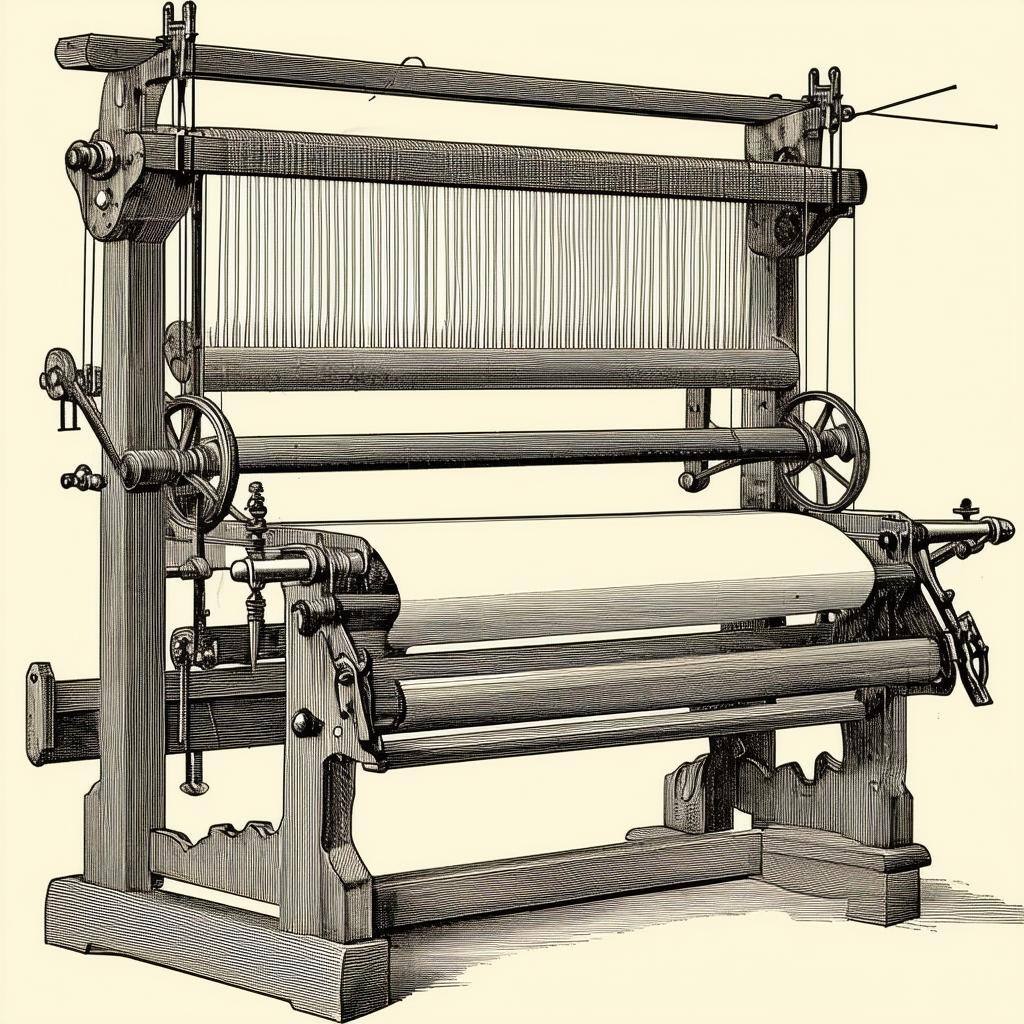
MYTH: Samuel Slater was Hesitant to Adopt the Power Loom
If you're a real Rhode Island history buff you might have read that Samuel Slater was hesitant to adopt the power loom and that he preferred the putting-out system, which entailed having yarn woven into cloth by local families. However, after speaking with Park Rangers Allison Horrocks and Mark Mello I learned that this isn't true. Samuel Slater wrote to his brother John Slater in 1816 (the same year William Gilmore built the first power loom in Rhode Island) asking if he made any progress around bringing the power loom technology to Smithfield. Then, he continued to state how he thought they should "get some underway as soon as it is practicable". Allison and Mark explained that the reason it took so long to begin using power looms was because of how difficult it was to reproduce the machine.
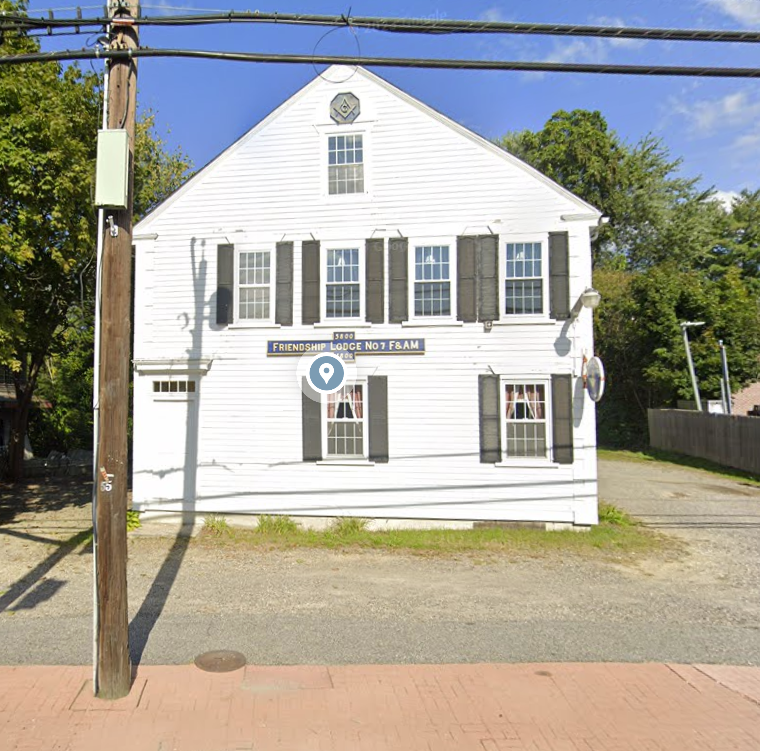
America's First Bank Failure Took Place in Rhode Island
The Farmers Exchange Bank (bank's original building pictured) was opened in 1804 in the village of Chepachet and was finaced with a capital of $100,000. However, after issuing far more money than it could cover, the bank eventually failed in 1809. This not only caused a panic throughout the state and helped to fuel people's distrust of paper money but was also the nation's first ever bank failure.
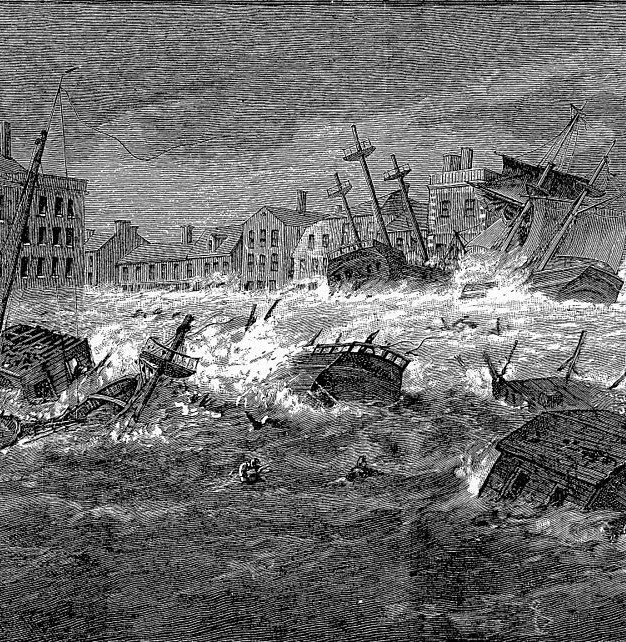
Rhode Island was hit with a huge hurricane right after the War of 1812 ended
In 1815, a massive hurricane known as the The Gale of 1815 caused widespread destruction in Rhode Island, especially in Providence, where a storm surge flooded the downtown area up to four feet deep. Powerful winds destroyed homes, uprooted trees, and damaged farms across the state. Many ships were wrecked in Narragansett Bay, severely impacting the maritime and fishing industries. The storm also led to significant economic losses and spurred changes in coastal planning and construction. It remains one of the most destructive storms in Rhode Island’s history.
- The Transformation of Rhode Island, 1790-1860 by Peter J. Coleman
- Samuel Slater and the Origins of the American Textile Industry, 1790-1860 by Barbara M. Tucker
- Rhode Island: A History by William G. McLoughlin
- The Roots of American Industrialization, 1790-1860 by David R. Meyer
- Rhode Island Historical Society Journal: Rhode Island and the War of 1812 (February 1992)
- Rhode Island Historical Society Journal: Prosperity at the Wharves: Providence Shipping, 1780 - 1850 (May 1990)
- Pawtucket, America’s First Factory Strike by Joey La Neve Defrancesco